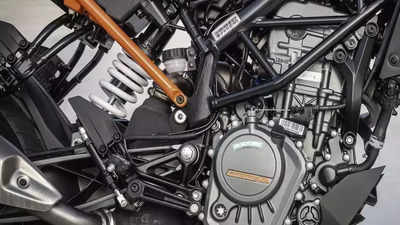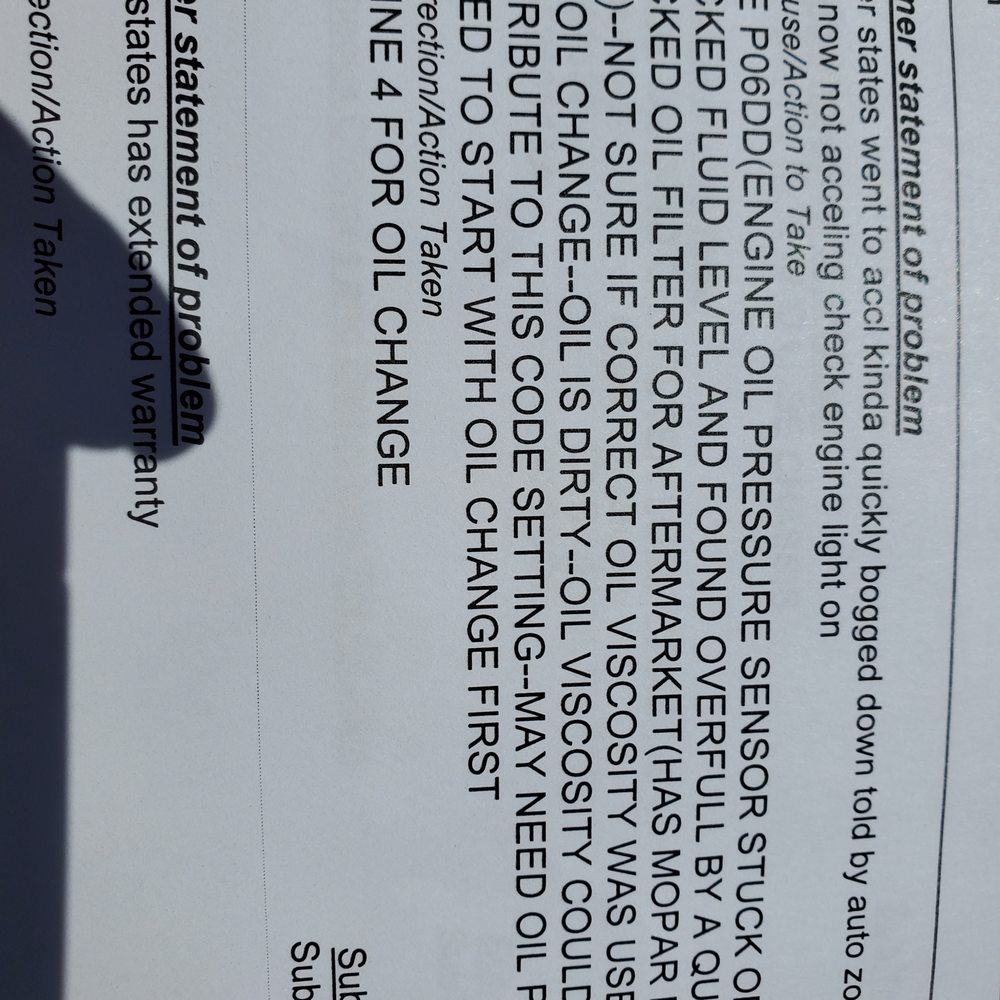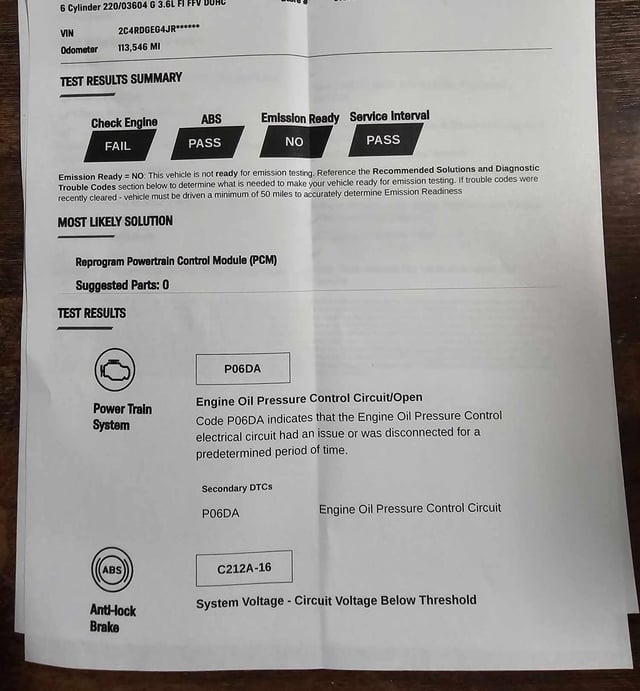Yes, you can add oil to a hot engine, but be cautious of potential burns from splattered oil. Adding oil when the engine is hot may result in inaccurate oil level readings and acrid smoke inhalation risk.
It’s important to prioritize safety precautions and wait for the engine to cool slightly before adding oil to avoid these risks. Additionally, understanding the proper procedure for adding oil to a hot engine can help maintain the efficiency and longevity of your vehicle’s engine.
By following best practices and safety measures, you can ensure a smooth and safe oil-changing process while keeping your engine in optimal condition.

Credit: www.amazon.com
The Importance Of Engine Oil
What Does Engine Oil Do?
Engine oil serves as a lubricant, preventing metal-on-metal friction in your engine, which helps reduce wear and tear on components.
It also helps cool down the engine by carrying away heat, improving overall engine performance and longevity.
Why Engine Oil Needs to be at the Right Temperature
Engine oil needs to be at the right temperature to ensure optimal viscosity for proper lubrication.
Using oil at the right temperature ensures it flows smoothly throughout the engine, providing the necessary protection.
Can You Add Oil To A Hot Engine?
Many car owners have wondered whether it is safe to add oil to a hot engine. While it won’t necessarily hurt your engine, there are some important considerations to keep in mind. In this article, we will explore the dangers of adding oil to a hot engine, why it’s better to wait for the engine to cool down, and the impact of adding cold oil to a hot engine.
The Dangers Of Adding Oil To A Hot Engine
Adding oil to a hot engine can be dangerous for a few reasons. Firstly, the hot oil can cause serious burns if it drips or splatters onto your skin. Secondly, the oil can produce acrid smoke, which can be harmful to breathe in. Lastly, adding oil to a hot engine can give you a false reading on your engine’s oil levels.
When the engine is hot, the oil expands and can give the appearance that the oil level is low. If you add more oil to the engine without allowing it to cool, you risk overfilling the engine, which can cause damage to the seals and other engine components.
Why Wait For The Engine To Cool Down
It is generally recommended to wait for the engine to cool down before adding oil. This allows the oil to settle and ensures a more accurate reading of the oil level. By waiting for the engine to cool, you reduce the risk of burns from hot oil and minimize the chances of overfilling the engine.
Additionally, waiting for the engine to cool down gives the oil a chance to drain back into the oil pan, ensuring that you get an accurate reading on the dipstick. This is important for maintaining the proper oil level and avoiding potential engine damage.
The Impact Of Adding Cold Oil To A Hot Engine
Adding cold oil to a hot engine can also have negative consequences. The temperature difference between the hot engine and cold oil can cause rapid thermal expansion and contraction, which can put stress on engine components. This stress can lead to leaks, gasket failure, and other engine problems.
It is best to allow the engine and oil to reach a similar temperature before adding oil. This ensures that the oil will mix properly with the existing oil in the engine and provides optimal lubrication for engine parts.
In conclusion, while it is technically possible to add oil to a hot engine, it is safer and better for your engine to wait for it to cool down. By doing so, you reduce the risk of burns, get a more accurate reading on the oil level, and avoid potential engine damage. Always consult your vehicle’s manual for specific instructions and recommendations regarding oil changes and maintenance.
Safety Measures For Adding Engine Oil
Adding engine oil is an essential maintenance task for your car, but it’s important to proceed with caution and follow proper safety measures. By taking the necessary precautions, you can ensure a smooth and safe experience while adding oil to a hot engine.
Best Practices For Adding Oil Safely
Follow these best practices to add oil safely to a hot engine:
- Turn off the engine and wait for it to cool down completely before checking or adding oil. This will reduce the risk of burns caused by hot oil or engine components.
- Ensure that your car is parked on a level surface to get an accurate reading of the oil level and avoid spillage.
- Open the hood and locate the oil filler cap. It is usually labeled with an oil can symbol.
- Using a clean rag or paper towel, wipe away any dirt or debris from the oil filler cap and surrounding area. This will prevent contaminants from entering the engine.
- Slowly unscrew the oil filler cap in a counterclockwise direction to release any pressure inside the engine.
- Add the appropriate type and amount of oil recommended by the manufacturer. Refer to your car’s manual for the correct specifications.
- Insert a funnel into the oil filler hole to avoid spills and ensure precise pouring.
- Pour the oil slowly and carefully, avoiding overfilling. It’s crucial not to exceed the maximum oil level indicated on the dipstick.
- After adding the oil, securely tighten the oil filler cap back into place.
Tips For Checking Oil Levels
Regularly checking your car’s oil levels is crucial for optimal engine performance and longevity. Here are some tips to help you check oil levels:
- Park your car on a level surface, and ensure that the engine is turned off and cool to the touch.
- Open the hood and locate the dipstick, which is usually marked with a bright-colored handle.
- Pull the dipstick out completely and wipe it clean with a rag or paper towel.
- Reinsert the dipstick all the way back into the dipstick tube. Make sure it is fully seated.
- Remove the dipstick again and observe the oil level. It should fall between the minimum and maximum marks.
- If the oil level is below the minimum mark, it’s time to add oil. Follow the best practices mentioned earlier to add oil safely.
Common Mistakes To Avoid
When adding oil to a hot engine, it’s important to avoid these common mistakes:
- Avoid adding oil while the engine is running or immediately after turning it off. Wait for the engine to cool down completely before adding oil.
- Do not overfill the engine with oil. Stick to the recommended oil level indicated on the dipstick.
- Never mix different types of oil. Stick to the oil specified by the manufacturer.
- Do not ignore warning signs of low oil levels, such as dashboard indicators or frequent oil consumption. Regularly check your oil levels and address any issues promptly.
- Avoid spilling oil on the engine or other hot components. Clean up any spills immediately to prevent smoking or potential fire hazards.
By following these safety measures, best practices, and avoiding common mistakes, you can safely add oil to a hot engine and maintain the optimal performance and longevity of your car’s engine.
Engine Oil Changing Procedures
Adding cold oil to a hot engine can increase the risk of burns and inaccurate oil level readings. It’s best to let the engine cool before adding oil to ensure safety and accuracy. Always follow manufacturer’s recommendations for oil changing procedures to maintain your engine’s performance and longevity.
Changing Oil In A Cold Engine
To change the oil in a cold engine, make sure the vehicle has been parked for a while and the engine is completely cold. Always follow manufacturer guidelines for specific steps and safety precautions.
Changing Oil In A Warm Engine
When changing oil in a warm engine, be cautious of the hot components. Let the engine cool slightly to avoid potential burns. Use protective gear and drain the oil carefully to prevent any accidents.
Recommended Engine Warm-up Time Before Oil Change
It’s advisable to warm up the engine for at least five to ten minutes before an oil change. This allows the oil to flow more freely and ensures that any contaminants are suspended for easier removal.
Expert Opinions On Engine Oil
Experts agree that adding oil to a hot engine does not harm the engine itself, but it increases the risk of burns and inhaling smoke. Additionally, it can give inaccurate readings of the engine’s oil levels. It is recommended to let the engine cool before adding oil for a more accurate measurement.
Insights From Professional Mechanics
Professional mechanics recommend against adding oil to a hot engine due to safety and efficiency concerns. When the engine is hot, the oil is also hot and more fluid, making it difficult to assess the proper oil level accurately. Additionally, pouring cold oil into a hot engine can cause it to smoke and potentially lead to spilling or splattering of the hot oil, increasing the risk of burns and breathing in acrid smoke.
Community Recommendations On Engine Oil Addition
Members of the automotive community also advise against adding oil to a hot engine. They emphasize the importance of allowing the engine to cool down before adding oil to ensure safety and accurate oil level readings. By following this practice, it helps to prevent potential hazards and allows for a more precise measurement of the oil level.

Credit: timesofindia.indiatimes.com

Credit: www.youtube.com
Frequently Asked Questions For Can You Add Oil To A Hot Engine?
What Happens If You Add Oil To A Hot Engine?
Adding oil to a hot engine won’t damage it, but you risk burns, smoke, and inaccurate oil level readings.
How Long Should You Let Your Engine Cool Before Checking Oil?
It’s best to wait 15-30 minutes for the engine to cool before checking the oil.
How Long Should I Let My Car Cool Before An Oil Change?
You should let your car cool for at least 10 to 15 minutes before an oil change. This allows the oil to drain easily without being too hot to handle.
Is It Ok To Change Oil When Engine Is Hot?
It is not recommended to change oil in a hot engine. Wait for it to cool to avoid burns and inaccurate oil level readings.
Conclusion
Adding oil to a hot engine may pose risks such as burns and inaccurate readings. While it won’t damage the engine, caution is advised for safety and accuracy. Remember, always consult your vehicle manual for proper maintenance guidelines. Stay informed and take care of your engine properly.


